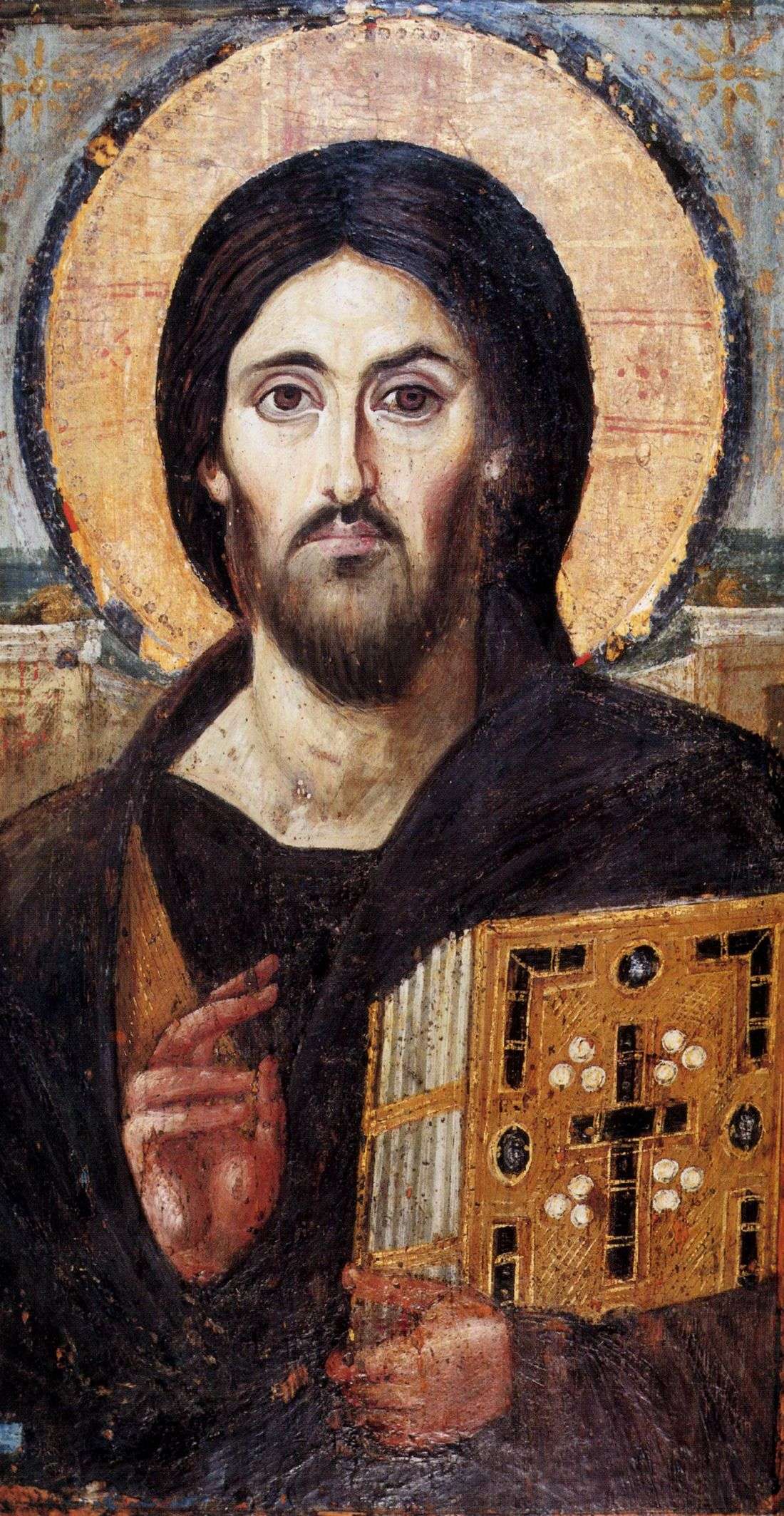
31 May What is the “Orthodox” Christian Church?
“Hold to the standard of sound teaching that you have heard from me, in the faith and love that are in Christ Jesus.” (2 Timothy 1:13)
The title of the Orthodox Christian Church is usually linked with various ethnic and national titles: “Greek Orthodox,” or “Russian Orthodox,” etc., or more comprehensively, the Church is sometimes called “Eastern Orthodox.” These particular titles limit the Church in some respects because they define a “national church” that belongs to a region or state or that maintains ties with its place of origin. Orthodox Christianity is not limited to the East or to any particular region.
The Greek word “orthodox” simply means “correct belief” and at the same time, “correct worship.” It became the name applied to the Christian Church that grew and flourished in the eastern, predominantly Greek speaking regions of the late Roman Empire. In fact, for the sake of accuracy, we should emphasize that for the first millennium of Christianity, the two great halves of the Christian Church, East and West, Greek speaking, Latin speaking and otherwise, were essentially united in one “catholic” (Greek for “universal”) faith in our Lord Jesus Christ. Unfortunately, that unity came to an official end in the year A.D. 1054, and today our Christian brothers and sisters in the West remain separated in communion and jurisdiction from us. We decry this continued division, but it is for this reason that we cannot in good conscience offer Holy Communion to those outside the discipline and Tradition of the Orthodox Church. Holy Communion, partaking of the precious and holy body and blood of our Lord, is, for us, THE symbol of Christian unity in Christ, a unity that does not exist and that we want to see restored.
In spite of this tragic separation and in the face of years of terrible repression and persecution, Orthodoxy has, over the centuries, struggled to maintain its faithfulness to the Lord. It has survived and is growing, especially here in the United States. Today there are roughly 250 million “Orthodox” Christians in the world, with nearly 4 million here in the United States. Orthodoxy is relatively new here. Russian Orthodox missionaries came to Alaska and the West Coast in the 18th century, but substantial numbers of other Orthodox people did not arrive here until the early 20th century.
The Orthodox Christian Church emphasizes its historic roots in and continuity with the Early Church. For us the highest authority in the Church is our Lord Jesus Christ who is the Living Head of the Church. We preserve and seek to live what we believe is the authentic Faith of the Apostles, Christ’s original followers, which our Lord gave them and which they delivered, in both written and oral form, to their successors. This living Tradition continues to inspire the Church through the work of the Holy Spirit.
The heart and core of this Tradition is the collection of writings known as Holy Scripture, including the Old and New Testaments. Along with the written records, there are many unwritten Traditions handed down from the Apostles including the essentials of the Divine Liturgy, the structure of the Church, and forms of prayer. Many later Church Fathers also left us vital records of interpretation, theology, and spirituality. Various Synods or Councils of the Church interpreted these documents and made declarations concerning what is and is not authentic Christian belief and practice. Among these declarations is the Nicene Creed, formulated over the course of nearly a century, and finished by the Second Great Ecumenical Council at Constantinople (modern Istanbul) in A.D. 381. The Creed, which you hear during the Divine Liturgy, is a brief, authoritative summary of the saving truths of Christianity, a guide for understanding the Bible, the standard for the spiritual life of the faithful, and the criterion for all true Christianity. We would even assert that those who cannot confess this universal Creed are not a part of Christ’s Holy Church.
The Orthodox Church believes that God is beyond all comprehension, but that He revealed Himself as fully as possible in Jesus Christ, who is the Son of the Father and God Himself, through the Holy Spirit, as a “Trinity,” one in nature and yet three persons. The events of Jesus’ preexistent nature, the pre-announcement of His birth, life, miracles, teachings, death, physical resurrection from the dead, ascension in glory to the throne of His Father, and promised second coming in glory have been and will be actual events. The Apostles were trustworthy and faithful witnesses of these words and events. Yet, we emphasize that these events are Mysteries. God and all that He has done to deliver us from sin’s corruption are available to us and yet they are beyond our limited explanations.
The Church celebrates these saving events every day and especially every Sunday when during the Divine Liturgy we celebrate Christ’s victory over sin and death through His resurrection, especially in Holy Communion as we “re-present” ourselves at the one, final, eternal and finished sacrifice of Christ. We believe that by faith in Christ, we can participate in His victory over sin. God now graciously offers us the gift of new life through His Son. This new life of victory begins now as we are joined to Him and to His Church and cleansed from sin by the gifts of Holy Baptism and Confirmation. It continues as we repent of our sins and are delivered from the power of sin and as we are united with Him in the Mystery of Holy Communion. It continues as we become more and more conformed to our Lord Jesus Christ, and as we look forward to our own resurrection from the dead and to eternal life with our loving Lord in His Kingdom.




Sorry, the comment form is closed at this time.